Filter by
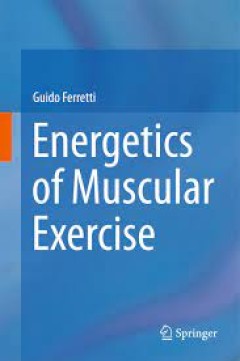
Energetics of Muscular Exercise
This book discusses the maximal power and capacity of the three major biochemical pathways - aerobic (oxygen consumption), anaerobic lactic (muscle lactate accumulation in absence of oxygen consumption), and anaerobic alactic (phosphocreatine hydrolysis) metabolism - as well as the factors that limit them. It also discusses the metabolic and cardio-pulmonary mechanisms of the dynamic response…
- Edition
- -
- ISBN/ISSN
- 978-3-319-05636-4
- Collation
- 27 b/w illustrations, 20 illustrations in colour
- Series Title
- -
- Call Number
- -
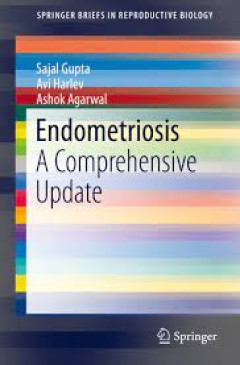
Endometriosis A Comprehensive Update
This SpringerBrief provides an update on endometriosis research -- from the underlying mechanisms, predisposing factors, role of environmental pollutants, treatment options, impact on quality of life, and biomarkers, to emerging treatment modalities in order to help clinicians to pursue a patient-centered approach in managing the disease. This book provides clinicians with a better insight into…
- Edition
- -
- ISBN/ISSN
- 978-3-319-18308-4
- Collation
- 10 b/w illustrations, 9 illustrations in colour
- Series Title
- -
- Call Number
- -
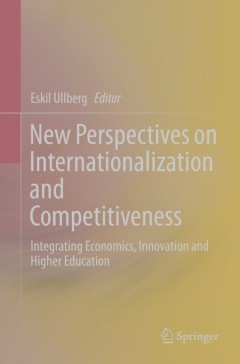
New Perspectives on Internationalization and Competitiveness
This volume showcases contributions from leading academics, educators and policymakers derived from two workshops hosted by the Interdisciplinary Center for Economic Science (ICES) at George Mason University on internationalization and competitiveness. It aims to present key areas of current research and to identify basic problems within the field to promote further discussion and research. …
- Edition
- 1
- ISBN/ISSN
- 978-3-319-11978-6
- Collation
- XV, 185
- Series Title
- -
- Call Number
- -
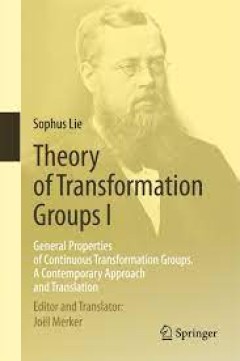
Theory of Transformation Groups I
This modern translation of Sophus Lie's and Friedrich Engel's “Theorie der Transformationsgruppen I” will allow readers to discover the striking conceptual clarity and remarkably systematic organizational thought of the original German text. Volume I presents a comprehensive introduction to the theory and is mainly directed towards the generalization of ideas drawn from the study of example…
- Edition
- -
- ISBN/ISSN
- 978-3-662-46211-9
- Collation
- 7 illustrations in colour
- Series Title
- -
- Call Number
- -
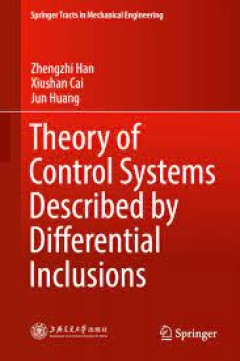
Theory of Control Systems Described by Differential Inclusions
This book provides a brief introduction to the theory of finite dimensional differential inclusions, and deals in depth with control of three kinds of differential inclusion systems. The authors introduce the algebraic decomposition of convex processes, the stabilization of polytopic systems, and observations of Luré systems. They also introduce the elemental theory of finite dimensional diffe…
- Edition
- -
- ISBN/ISSN
- 978-3-662-49245-1
- Collation
- 45 b/w illustrations, 5 illustrations in colour
- Series Title
- -
- Call Number
- -

Theory of Affine Projection Algorithms for Adaptive Filtering
This book focuses on theoretical aspects of the affine projection algorithm (APA) for adaptive filtering. The APA is a natural generalization of the classical, normalized least-mean-squares (NLMS) algorithm. The book first explains how the APA evolved from the NLMS algorithm, where an affine projection view is emphasized. By looking at those adaptation algorithms from such a geometrical point o…
- Edition
- -
- ISBN/ISSN
- 978-4-431-55738-8
- Collation
- 32 b/w illustrations
- Series Title
- -
- Call Number
- -
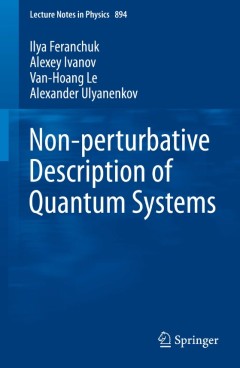
Non-perturbative Description of Quantum Systems
This book introduces systematically the operator method for the solution of the Schrödinger equation. This method permits to describe the states of quantum systems in the entire range of parameters of Hamiltonian with a predefined accuracy. The operator method is unique compared with other non-perturbative methods due to its ability to deliver in zeroth approximation the uniformly suitable est…
- Edition
- 1
- ISBN/ISSN
- 978-3-319-13006-4
- Collation
- XV, 362
- Series Title
- Lecture Notes in Physics
- Call Number
- -

New Trends in Networking, Computing, E-learning, Systems Sciences, and Engine…
This book includes a set of rigorously reviewed world-class manuscripts addressing and detailing state-of-the-art research projects in the areas of Computer Science, Informatics, and Systems Sciences, and Engineering. It includes selected papers form the conference proceedings of the Ninth International Joint Conferences on Computer, Information, and Systems Sciences, and Engineering (CISSE 201…
- Edition
- 1
- ISBN/ISSN
- 978-3-319-06763-6
- Collation
- XIV, 635
- Series Title
- Lecture Notes in Electrical Engineering
- Call Number
- -
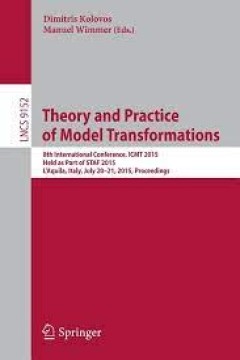
Theory and Practice of Model Transformations 8th International Conference, I…
This book constitutes the refereed proceedings of the 8th International Conference on Model Transformation, ICMT 2015, held in L'Aquila, Italy, in July 2015, as Part of STAF 2015, the federation of a number of the leading conferences on software technologies. The 16 revised papers were carefully selected from 34 submissions. The papers are organized in topical sections on change management; reu…
- Edition
- -
- ISBN/ISSN
- 978-3-319-21155-8
- Collation
- 99 b/w illustrations
- Series Title
- -
- Call Number
- -
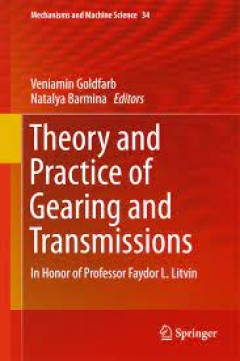
Theory and Practice of Gearing and Transmissions In Honor of Professor Faydo…
This book brings together papers from all spheres of mechanical engineering related to gears and transmissions, from fundamentals to advanced applications, from academic results in numerical and experimental research, to new approaches to gear design and aspects of their optimization synthesis and to the latest developments in manufacturing. Furthermore, this volume honours the work of Faydor L…
- Edition
- -
- ISBN/ISSN
- 978-3-319-19740-1
- Collation
- IX, 450
- Series Title
- -
- Call Number
- -
 Computer Science, Information & General Works
Computer Science, Information & General Works  Philosophy & Psychology
Philosophy & Psychology  Religion
Religion  Social Sciences
Social Sciences  Language
Language  Pure Science
Pure Science  Applied Sciences
Applied Sciences  Art & Recreation
Art & Recreation  Literature
Literature  History & Geography
History & Geography